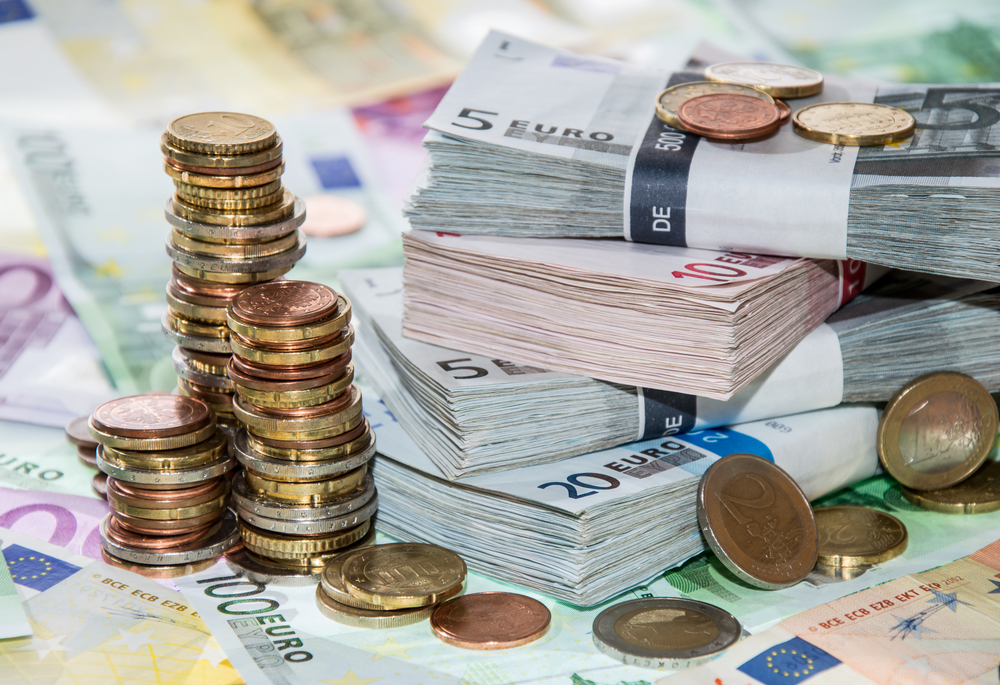
The general government debt at the end of December 2022 amounted to 68.4% of GDP, a decrease of 10 percentage points, continuing the downward trend which began in Q2 2021, the Croatian Central Bank (HNB) said on Friday.
Measured against the annual GDP, the debt-to-GDP ratio continued to fall for the seventh quarter in a row and at end of 2022 recorded the lowest value since the end of 2012, when it stood at 69.2%.
The debt at the end of December 2022 was 68.4% of GDP, a decrease of 10.0 pp from 78.4% of GDP at the end of December 2021 and a decrease of 2 pp from the end of the previous quarter, when this share stood at 70.4%.
The annual fall in the debt-to-GDP ratio of 10 pp was the result of a very strong nominal GDP growth and a marginal increase in debt.
According to the final data of government finance statistics for Q4 2022, the total consolidated debt of all general government sub-sectors reached €46.1 billion at the end of December 2022, up by 0.9% from the end of September 2022 and by 1% from the end of December 2021.
The annual increase in debt was due to a decrease in the external debt of €0.6 billion (or 3.8%) and an increase in the domestic debt of €1 billion (or 3.5%). Domestic debt fell by €0.1 billion (or 0.3%), and external debt rose by €0.5 billion (or 3.4%) compared to the end of the previous quarter.
Long-term debt instruments dominate the maturity structure of unconsolidated general government debt. At the end of December 2022, most of this debt was made up of bonds (64.8%), followed by long-term loans (30.5%), and short-term loans, securities and deposits (jointly 4.6%).
The short-term debt components decreased by €0.7 billion (or 24.2%) from the end of December 2021 to the end of December 2022, while the long-term debt components increased by €1.0 billion (or 2.4%) during the same period.
Kakvo je tvoje mišljenje o ovome?
Pridruži se raspravi ili pročitaj komentare



 Srbija
Srbija
 Bosna i Hercegovina
Bosna i Hercegovina
 Slovenija
Slovenija







